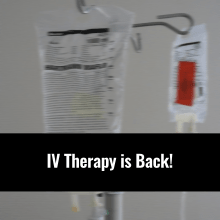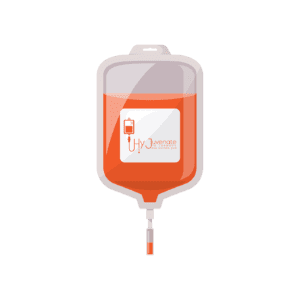Basic details about IV therapy for the people

Pretty much every conspicuous antiquated culture distinguished the worth of blood. Blood frequently held a magical fascination and was the primary “money” for conciliatory contributions and gifts to the gods of the time. Far before western medication started to explore the bloodstream the old Chinese Physicians concluded that the bloodstream was constrained by the heart and flowed through the body in a ceaseless circle on iv drip near me .
The acts of phlebotomy and oral utilization of blood stayed the rule blood-related rehearses until about the sixteenth century. Researchers in the sixteenth century started to look at the developments of blood all through the body and started to explore different avenues regarding the idea of adding blood or liquids straightforwardly into a patient’s circulation system. These early bondings and imbuements included reusable plumes and creature bladders and other simple (To us now, in any event) apparatuses. In any case, unfortunate patient results (high death rates) and negative public viewpoint decreased the notoriety of IV treatment, and as such, the utilization of restorative bloodsuckers and doctor-requested phlebotomy encountered an extra blast.
Best scope

It then, at that point, required a few centuries, and a monstrous Cholera episode, to energize further examinations concerning IV treatment. During the huge scope of global Cholera flare-ups, the primary recorded wide-scale triumphs with the saline organization were recorded. Nonetheless, it was only after 1901 and 1907 that IV Therapy would take off. These dates compare with the revelations of the 4 significant blood classifications by Karl Landsteiner and by Jan Jansky. These revelations decreased the death paces of past blood bondings and altogether worked on persistent results. Notwithstanding, it was the two obliterating universal conflicts that assisted with prodding the worldwide utilization of IV treatment.
In 1918 Oswald Robertson, a clinical officer in the Canadian Military effectively bonded blood for 22 World War I patients. Positive examples of overcoming adversity like Robertson’s directed to the boundless military clinical reception of bondings for the patient in shock or who were seriously singed. Before long, blood donation centers were laid out in significant urban areas all through the United States (and Russia) and the training started to fill rapidly to meet the wartime needs. Three other key revelations served to then further make ready to current IV Infusion Therapy: The dispensable plastic needle (1930’s), Aseptic Technique (1940’s), and the Plastic Collection Bag (1950’s).
Today it is assessed by the World Health Organization that more than 80% of all hospitalized patients will get some type of IV treatment. Appropriately, IV treatment is one of the significant features of fruitful nursing care. At present, there are more than 40 standard imbuement arrangements utilized consistently all through the world and the predominance of IV treatment keeps on developing. Notwithstanding the jumps in innovation and wellbeing, inconveniences keep on happening – Phlebitis, extravasation, and prescription/blood blunders being the most unsettling.
Normally the main degree of elective consideration is accomplished by expanding the portion, changing or adding (expansion) antidepressants or other non-upper meds like Lithium, a few abnormal antipsychotics, energizers, or thyroid chemicals for instance. Once more, satisfactory portions and terms are required. Patients should initially have the option to endure the meds or blends because of the expected secondary effects or antagonistic responses that generally represent a likely gamble.
